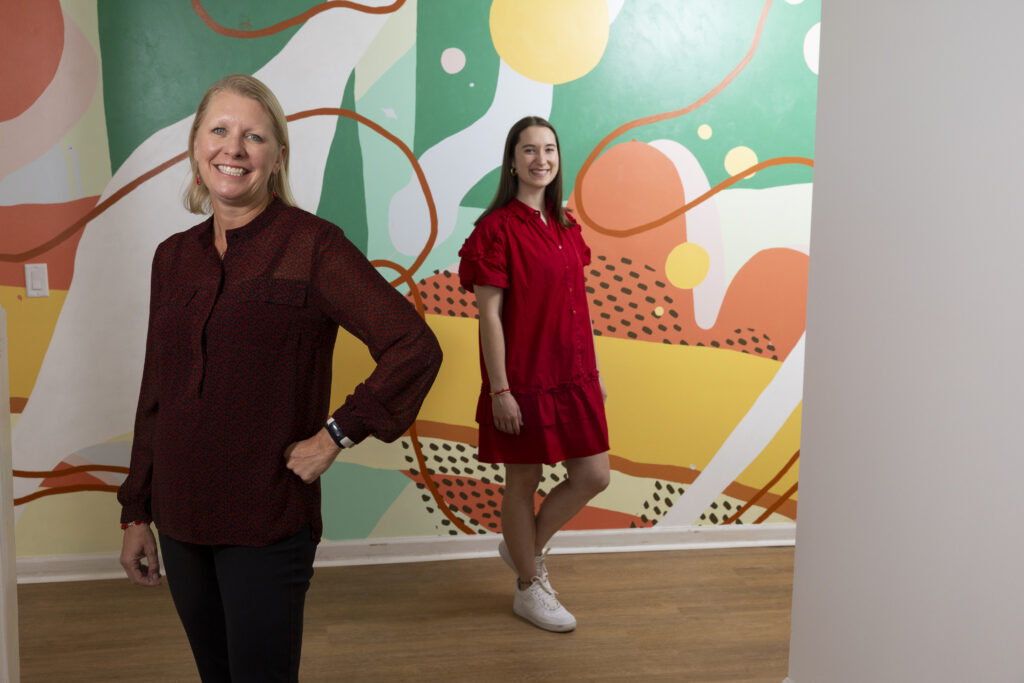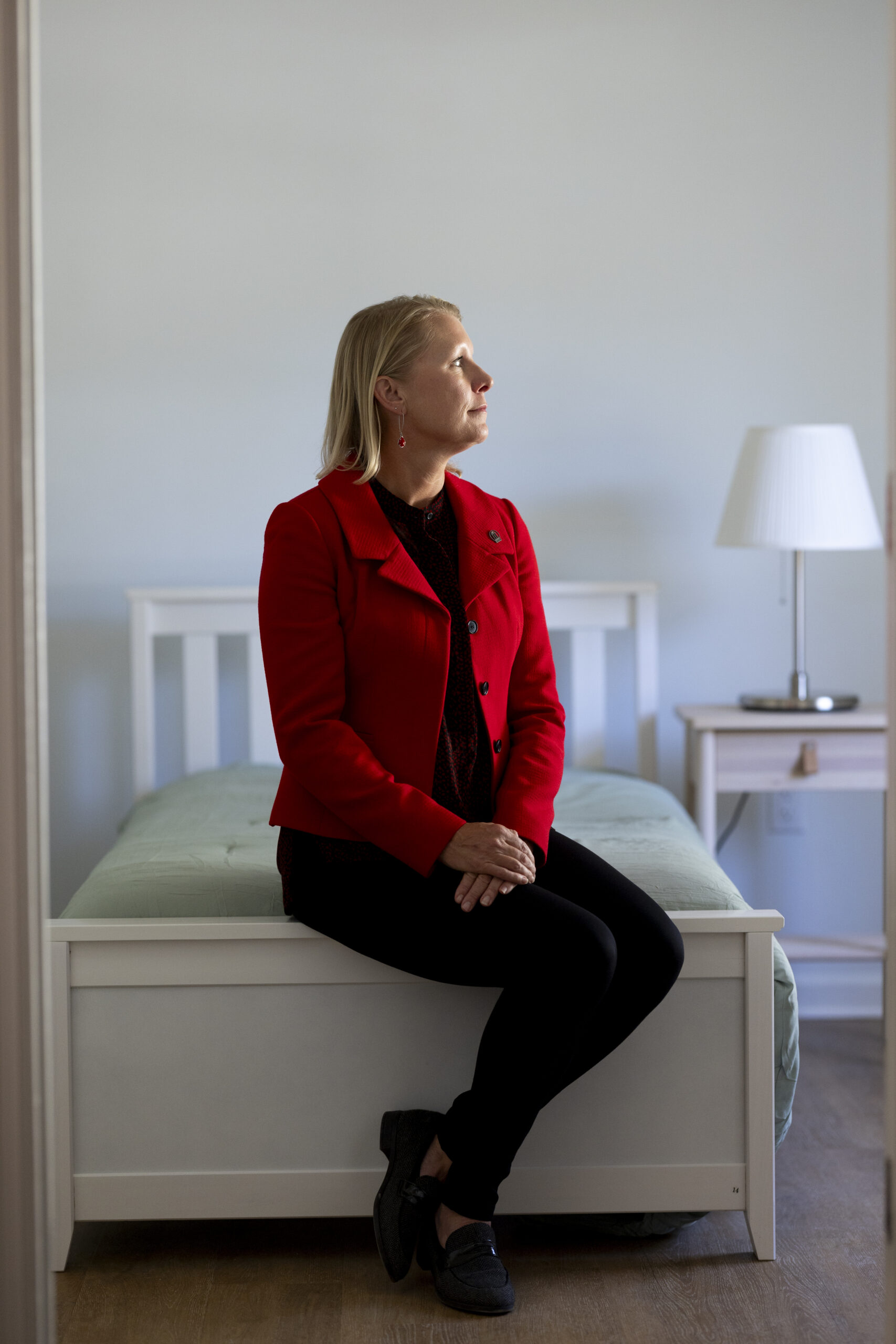Human trafficking survivors aren’t who you imagine they are.
It’s a misconception that most are from other countries. The girls Julie Wade is trying to help are all from Georgia.
Many are runaway teenagers who are in bad family situations, says Wade AB ’96, JD ’00. Researchers say that within 36 to 78 hours after leaving home, girls will be approached by someone about sex.
A common story is a formerly homeless 14-year-old girl living with a 35-year-old boyfriend who has gotten her hooked on drugs and showers her with gifts as long as she sleeps with him and his friends, Wade explains.
“These girls aren’t snatched and put in a white van and driven away,” Wade says. “They are in our community, and they are controlled through manipulation and coercion. They aren’t necessarily locked in a room.”
In December, Wade opened Tharros Place, a residential treatment center in Savannah for girls aged 12 through 17 who are survivors of human trafficking.
Growing up outside of Atlanta—a major hub of human trafficking—Wade never imagined she would one day help tackle such a complex and terrible problem.
She met her future husband, Drew Wade BS ’97, AB ’97, in high school, and they both attended the University of Georgia. As an Honors student, Wade created her own undergraduate major, a mix of all the things she loved including history, literature, and political science. She went on to earn a law degree, and UGA President Jere W. Morehead JD ’80, then a professor, read a Bible verse at her wedding. “He was a real mentor to both me and my husband,” she says.
The couple eventually moved to Savannah, where Wade worked on both sides of the court system—first as an assistant U.S. attorney prosecuting criminals, then as a criminal defender. She found the work on both sides frustrating due to the high recidivism.
“It felt like I was banging my head against the wall,” she says.
So in 2017, Wade left her law career to become executive director of Park Place Outreach, an emergency crisis center for homeless youth in Savannah. She saw improvements for some in the program but was also frustrated by its limits, namely that kids couldn’t live at the shelter for more than 30 days.
At Park Place, Wade noticed a subset of teenagers who needed a different kind of care, including longer term housing and intensive therapy. A lot of conversations arose about the need for a facility like Tharros Place, but Wade knew something like that would take a lot of money.
Then came the anonymous check for $20,000. A local philanthropist was distributing her substantial fortune to nonprofits, and she wanted to do something big.
Wade saw an opportunity and put together a proposal for Tharros Place with a three-year plan that would require about half a million dollars. The philanthopist gave her the initial startup funds, and Wade later applied for and received an additional $750,000 operating grant from the Department of Justice.
Her first hire was another UGA graduate: Kate Templeton BSHP ’21, MPH ’22, who came on board as the outreach coordinator. Wade and volunteers have been working around the clock to refurbish the space they found. The former residential care home outside of Savannah will house 12 girls—each referred by the courts.
The walls of Tharros Place are decorated in colorful murals that were painted by Savannah College of Art and Design student volunteers. Each resident will have her own bright room with a window, twin bed, and attached bathroom. They can live here for a year or more.
There is a communal kitchen and dining room, a room for online schooling, and a nice, secluded backyard. Girls will attend school onsite daily, participate in counseling, and work with staff to create a plan for the future.
“I think in a year, with the right team in place, we can really change some lives.”



